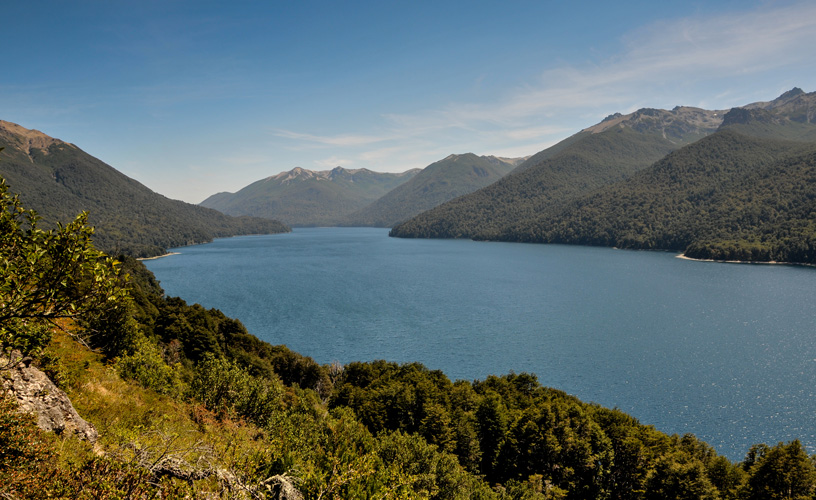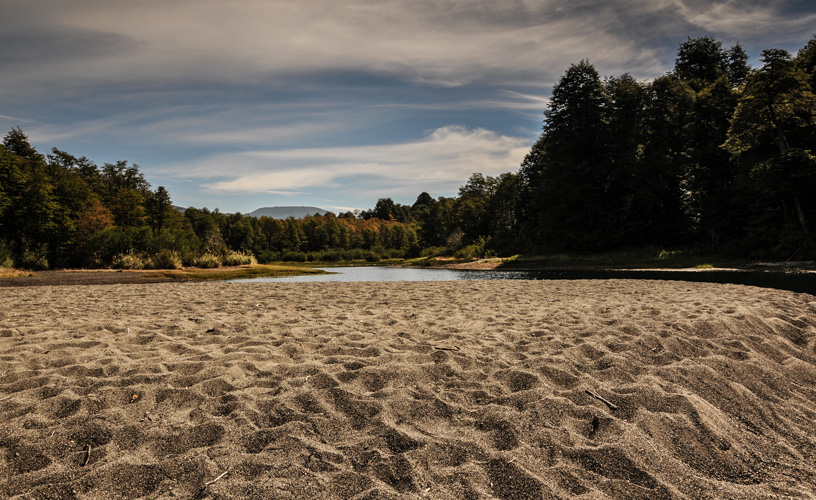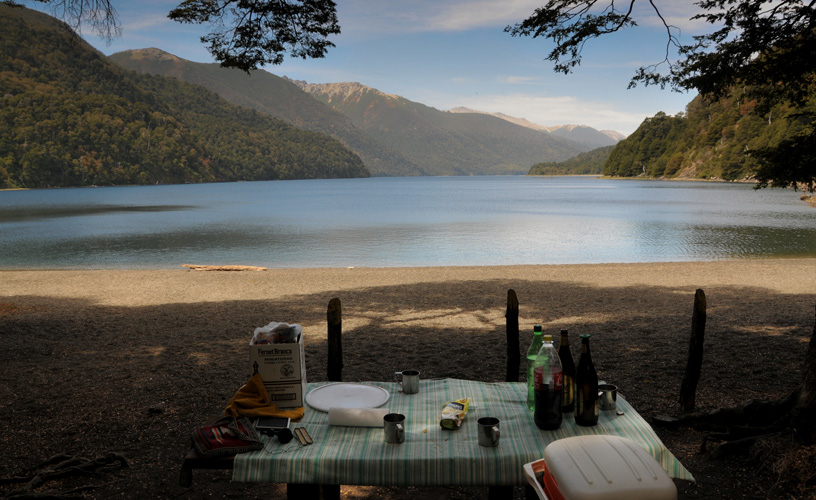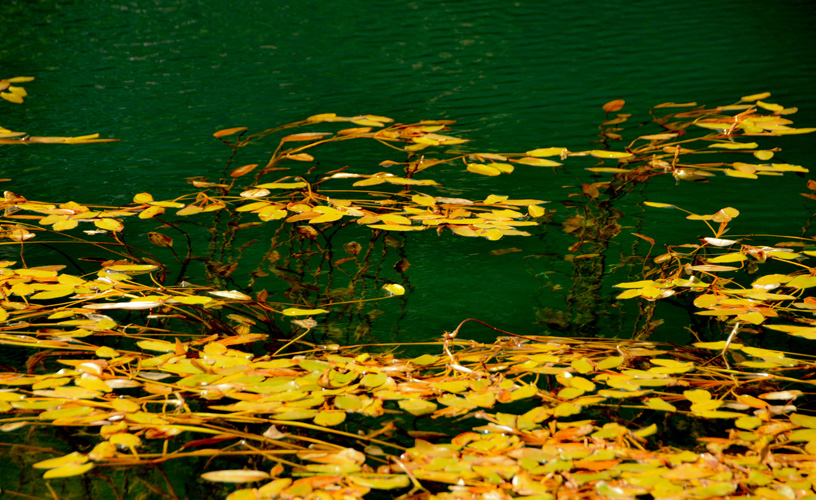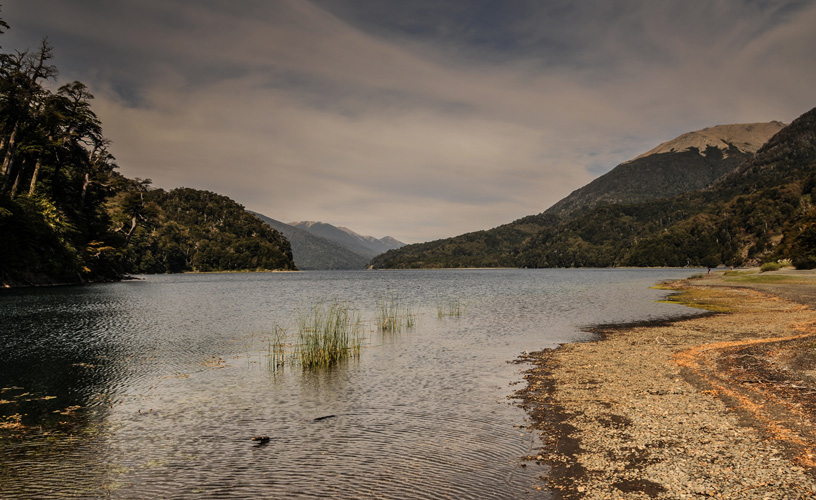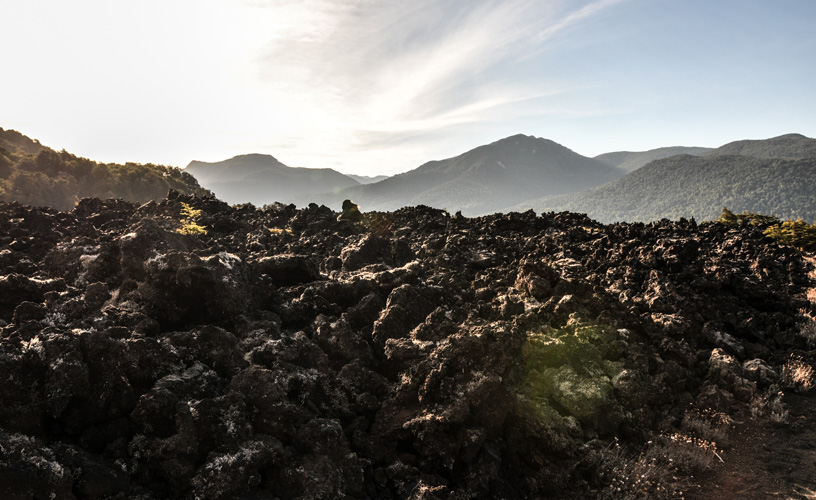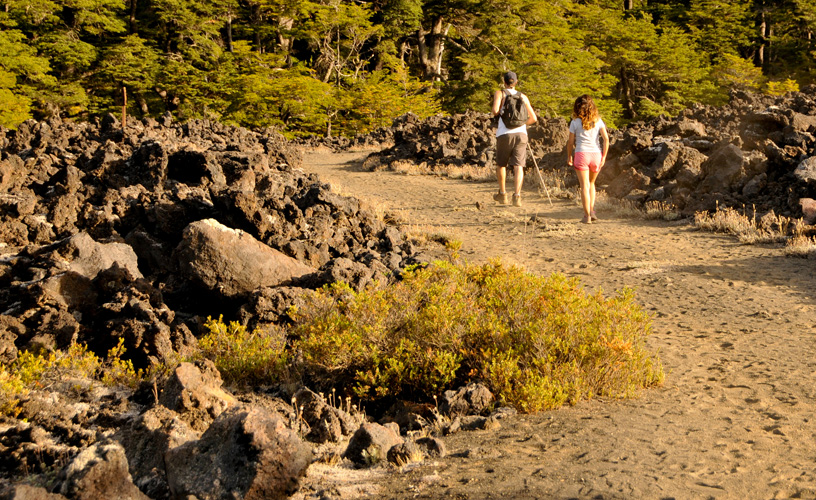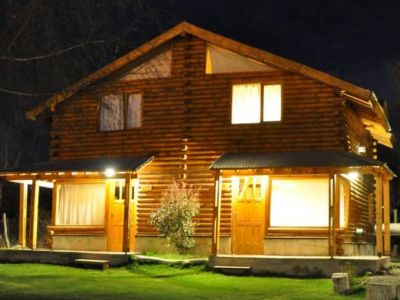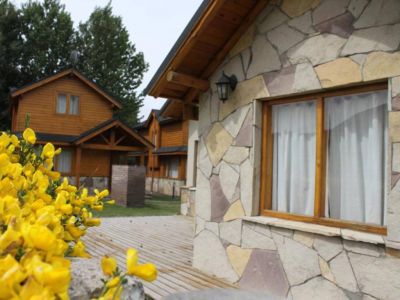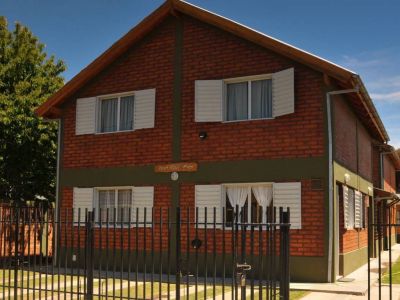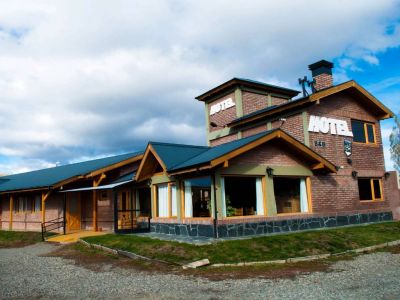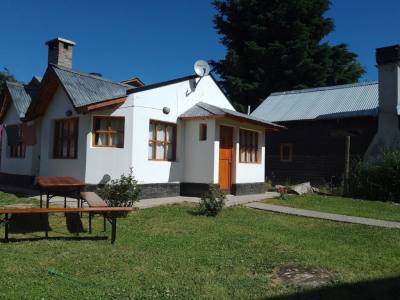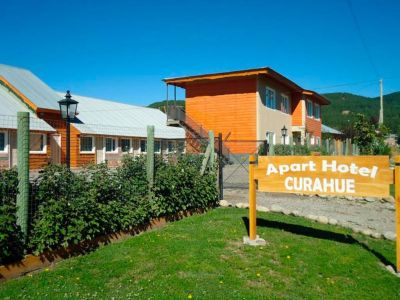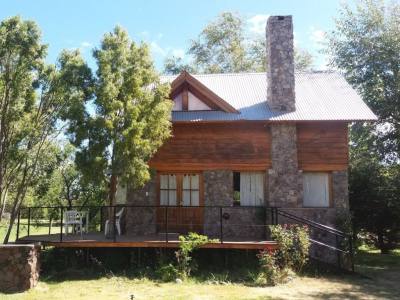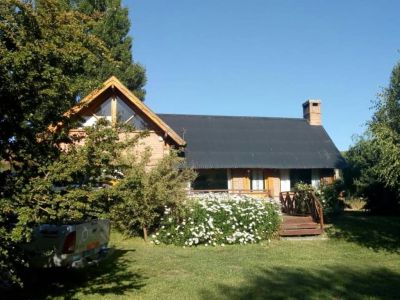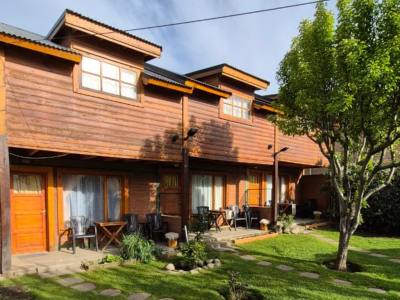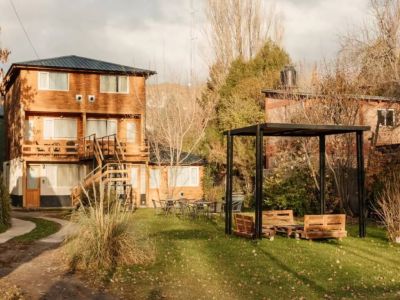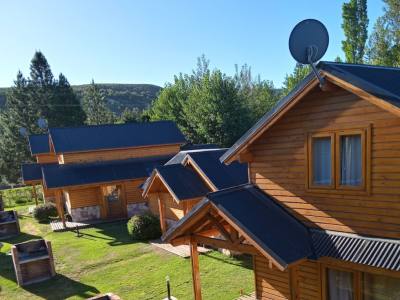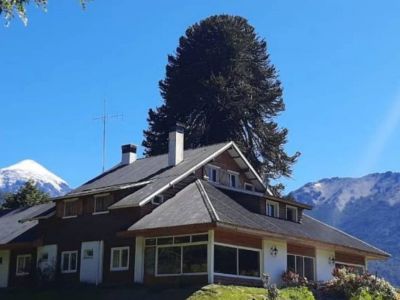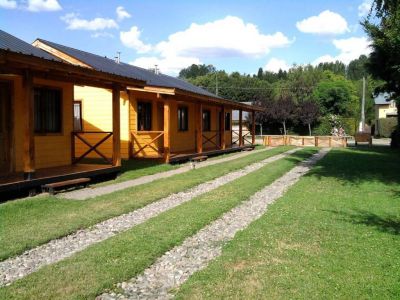Lanín National Park stands out for its large size and the diversity of its wildlife. The area where Lake Curruhué is located concentrates several water bodies, lush vegetation and natural hot springs amidst an environment of extreme beauty. We set out in our car along the paved route that leads to San Martín de los Andes guided by one of the brochures made by National Parks. The zigzagging road led us to Lake Curruhué Chico, a small water body teeming with reed where some ducks were swimming unaware of our presence. Though fly-fishing is practiced at this location, motorboats are not allowed. Moreover, there is a very pretty primitive camping site. We toured around the Curruhué, a word that stands for “dark place” in the Mapuche tongue. Great volcanic activity took place at this spot in the past. A panoramic viewpoint features a sight of the scene in all splendor and lets viewers enjoy almost absolute silence.
Volcanic Sand in the Curruhué
Following the path, we came across an interesting monkey-puzzle tree wood. This species is highly praised by the Mapuche people for its fruit -the pine nut-, which is part of their diet. A short hike led us through an inner trail in that forest of ancient conifers up to the northern margin of Lake Curruhué Grande and then back to the road.
We drove on and then slowed down even more in order to appreciate every bend. We bordered Lake Curruhué Grande, which seemed to get bigger and bigger as we moved along. On the other end, we found a primitive camping site with a very ample and quiet beach where we improvised the first picnic of the day. A tree grove sheltered us from the strong sunshine typical of Patagonian summers.
Several hiking tours start at this point. Those who prefer to continue along the same road will come across Laguna Verde (Lake Green), the Escorial and Lahuen-Có hot springs.
Mónica Pons
Eduardo Epifanio
